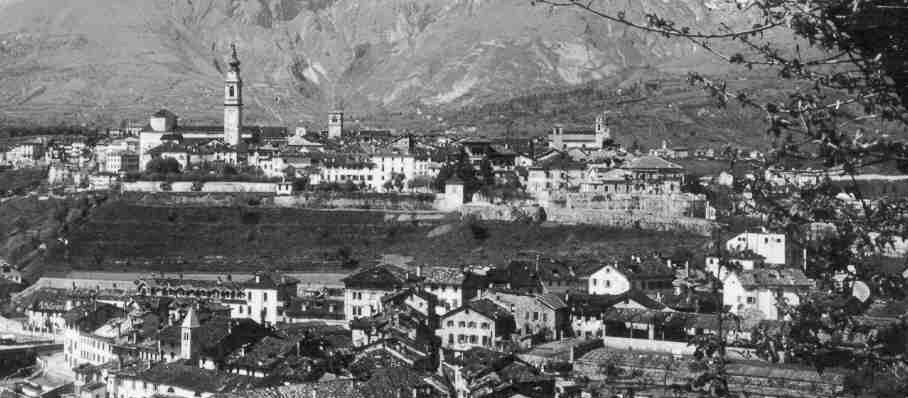Belluno: steeped in a rich and colourful history
Like all Italian cities, Belluno has a long history that began as far back as the 5th century BC, when Venetics and Celts settled in the territory.
In the 2nd century BC it became a Roman municipality and later passed under various dominations (Ostrogoths, Goths, Byzantines, Lombards and Franks) until, with Otto the Great (973), the feud of the Conti-Vescovi eventually resulted in the rise of its status as Libero Comune (Free City).
Conquered by Ezzelino Da Romano (1249) and later by Da Camino in 1325 it passed to the Scala; then it was the turn of Carrara, Galeazzo Visconti (1388) and, most recently, the Venetian Republic, which lasted from 1404 to 1797.
Finally, control of the city passed to the Habsburgs after the Napoleonic period, and remained in the Lombardo-Veneto until 1866, the year of annexation to the Kingdom of Italy.
Something more…
The urban area of Belluno was inhabitated since 5th century b.C. by Palaeo-Venetic and Celtic populations. a Roman “municipium” since 2nd century b.C., the town grew up as a military center between the Late Roman Empire and the Early Middle Ages, reaching its greatest power and extent at the end of 10th century, under the earl-bishop Giovanni II who ruled along the Piave river, from the austrian border to the venetian shores.
Belluno partecipated to the long struggle between italian free towns and the german emperors during 11th and 12th century, then fell under the rule of Treviso, Padua, Verona and Milan up to 1404, when voluntarily entered in the Venetian Republic. After the fall of the “Serenissima” Belluno was shortly french then, for fifty years from 1815, was part of the Habsburg empire.
In the new Italian Reign since 1866, Belluno suffered two invasions during World War I and II, when it became part of the german 3rd Reich. After the bloody liberation struggle of 1943-45 Belluno started a new growth, which dramatically increased after the Vajont dam disaster in 1963 with its follow-up reconstruction funds.
Since 1993 the northern surroundings of the City are part of the “Dolomiti Bellunesi National Park”.

